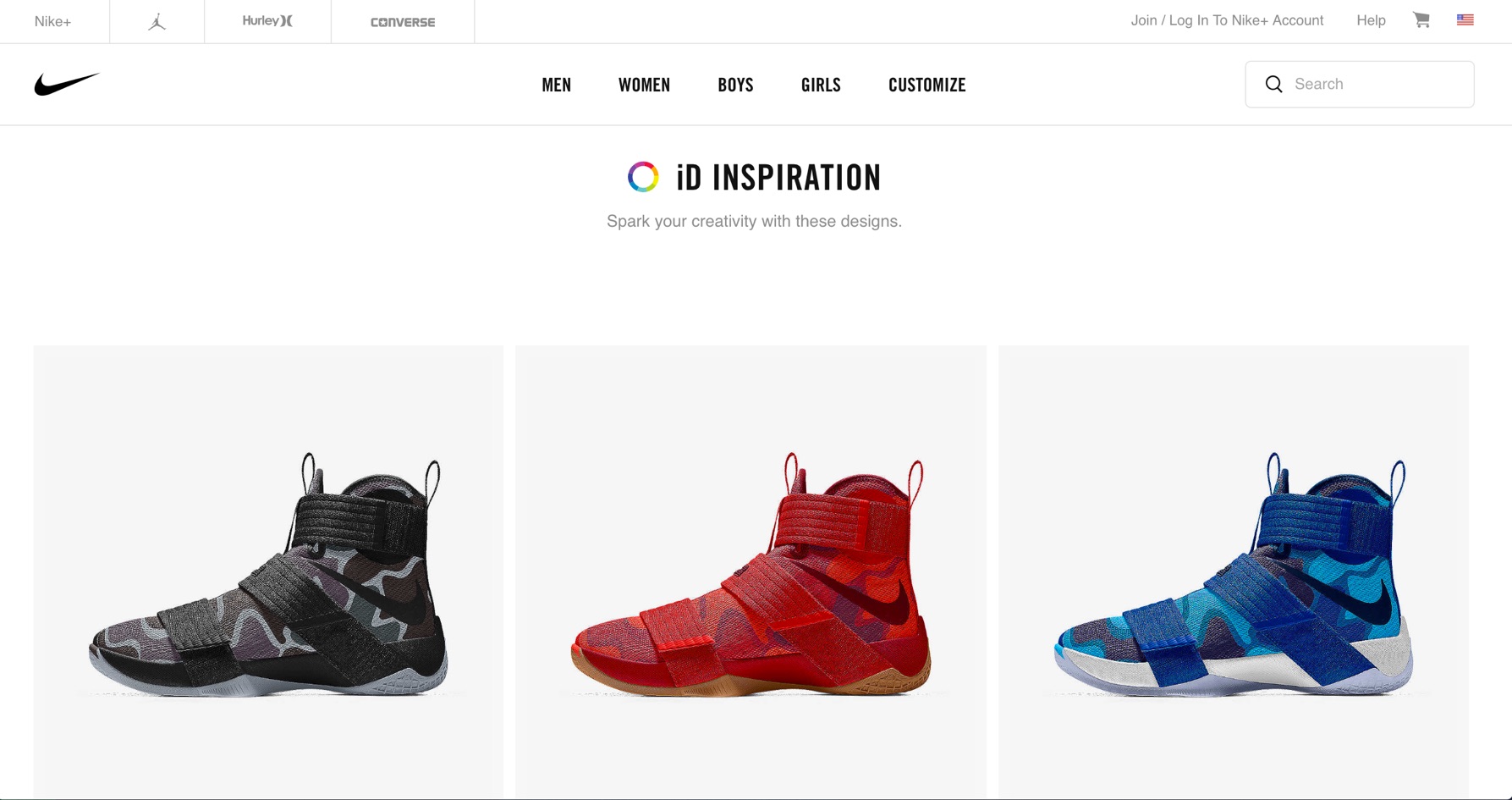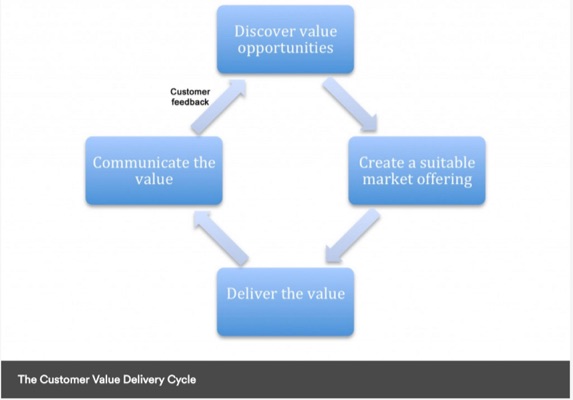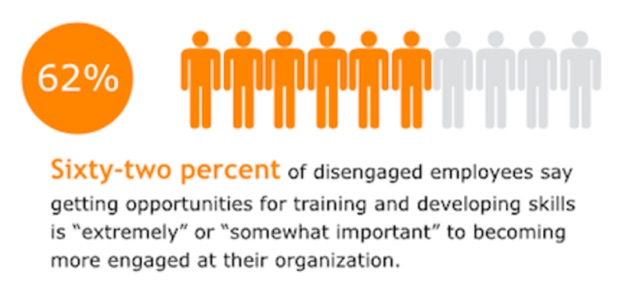Facing growth setbacks is part of the risk of doing business.
While most companies may only highlight their successes to the public, it’s important to understand that every business has its own group of challenges. The key is to recognize the issues and take the necessary actions to move forward.
“You may be facing your share of woes from financial problems to employee shortages to increased competition. Just because those setbacks are occurring and you are struggling to survive, doesn’t mean you can’t turn your circumstance around,” says Inc. contributor Carolyn Brown.
Let’s explore how your team can bounce back from a growth setback.
1. Reassess Your Business Strategy
When major issues arise, reevaluating your strategy is essential to realizing what happened. Moreover, your team can pinpoint the mistakes that stunted your ecommerce business growth.
So, where do you start? Begin with the problem.
Learn why the setback occurred, when it began, where it originated, and how it flourished into a setback. Dive deep into your analytics to assess your sales and reveal any gaps in your system.
Senior management recognizes that failure isn’t caused by a singular event. Instead, it’s usually a series of activities that slowly lead up to a business disaster. So, examine your current procedures to set up safeguards.
“The way we win business has changed radically, largely thanks to the internet and social media. Companies that are not up to speed digitally won’t exist for much longer, so make sure the business is using all the technological tools it can to build momentum,” states Andrew Morris, CEO of the Academy for Chief Executives.
Nike reworked its international expansion strategy. Rather than spending an exorbitant amount of money on sponsorships to gain a global audience, the athletic apparel company initiated the NikeID co-creation platform. Allowing customers to design their own products helped the business deliver unique products that align with different cultural preferences and styles.

Upgrade your business strategy. Keep what works well and toss the rest to the side.
2. Deliver Customer Value
Research shows that “for every customer complaint there are 26 other unhappy customers who have remained silent.” In a market full of competitors, it’s easy for consumers to try another brand.
To deliver remarkable customer value, start by analyzing your consumers’ purchasing habits. Learn what they like and how specific brand interactions make them feel.
For example, if you know consumers prefer assistance via live chat rather than by phone, your team should take steps to be available online.
Collect this data by instructing your sales representatives to jot down notes during customer conversations. Or simply ask consumers to complete a short suggestion form.
Think of customer value as a cycle. You must discover the opportunities, create the offering, deliver the value, and communicate it to your audience. Then, the process starts over again after receiving the customer feedback.

Peepers, an innovative eyewear company, offers its shoppers more value by customizing the checkout experience. With personalized messages, customers trusted the brand and believed their credit card information were safe. As a result, Peepers received a 25-30% increase in its organic traffic conversion rate and 15%-20% increase in its average order value.
Offer unprecedented value that your consumers can’t receive anywhere else. They’ll be happy and your ecommerce company will reap the revenues.
3. Differentiate Your Product
Sometimes, your team must do things differently. And it might just include changing the product.
In today’s economy, consumers possess a wide variety of choices. They don’t have to settle for products that fail to solve their problems or fall short of satisfying their needs.
Product differentiation is a marketing technique to make your product more attractive than the alternatives in the marketplace. This difference could include customer value, design, price, or even quality.
“Don’t focus on features alone, then. Instead, emphasize the benefits of those features. Your advantage lies in how your product or service ties into the emotional needs of your target audience. People make decisions on the basis of either logical reasoning or emotional impulses,” writes Entrepreneur contributor Ray Beharry.
Conduct market research to learn if you should modify your product or change the way you sell your product. To find pertinent data, host a focus group or invest in heatmap tools to monitor website interactions.
Oscar Health Insurance offers customers transparency and only focuses on a small, niche network in four U.S. states. The brand separates itself from the competition by presenting health plans in common language without the jargon.

It may be time for a product change. Find out how to fulfill your customers’ desires through differentiation.
4. Hire Employees With Diverse Skill Sets
During tough times, employees are the best assets for your business. And as your company begins to change directions, you will need people invested in your brand values.
In a recovery transition, recruit talented workers with skills that complement your current workforce. Experts claim that future work environments will need people who know how to work with data, understand virtual reality, and can apply the Internet of Things to industries.
Beyond technical skills, interpersonal character traits matter, too. Focus on hiring individuals who know how to develop connections, work on multiple cultural teams, and make creative decisions. Personal finance writer Erika Rawes agrees:
“Your ability to engage in conversation, get to know someone personally, and develop meaningful relationships will provide a competitive edge over the future.”
In addition, retrain your current employees by informing them about new business strategies and expectations. It’s a chance re-engage employees and to develop people professionally.

Revitalize your workforce during growth challenges. Let your business experience new talent with different possibilities.
5. Continue to Seek Growth Opportunities
Whether your company is undergoing a setback or not, your team should always continue to seek ways to expand. A proactive plan prepares your brand to handle challenges better.
Opportunity is a subjective term. What’s great for one business may be a disaster for another.
Therefore, before making any hasty decisions, work with your team to know what your business needs to recover. Do you need more qualified traffic to your website? Or more skilled sales reps to close deals?
And refrain from relying only on your own experience. Your company may benefit from building ongoing partnerships with other brands.
“Don’t limit yourself by your own knowledge base and expertise when your back is against a wall. Find partners who can help you implement the new strategy that makes the most sense, not the one that’s easiest to execute,” writes Fast Company contributor Carson Tate.
Below is a brand partnership example from Adidas and Spotify. The companies teamed up to offer their consumers a new product called Adidas Go. The app lets customers who exercise with their iPhones listen to music through Spotify that is automatically linked to the pace of the workout.
Growth is a continuous process for companies. Uncover new opportunities to respond to infrequent difficulties.
Aim to Recover
Challenges are inevitable in business. It’s vital to understand how to handle setbacks when they occur.
Reevaluate your strategy to ensure it fits your desired outcomes. Deliver unmatched customer value that competitors can’t duplicate. And continue to seek partnership opportunities that will benefit your brand.
Push through setbacks. Grow your business.
About the Author: Shayla Price lives at the intersection of digital marketing, technology and social responsibility. Connect with her on Twitter @shaylaprice.
from The Kissmetrics Marketing Blog https://blog.kissmetrics.com/ecommerce-growth-setback/

No comments:
Post a Comment